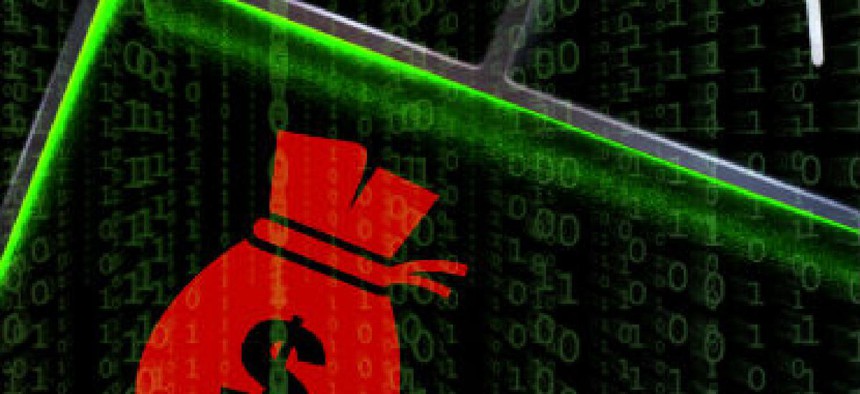Financial regulator details growing risks for banking systems

A new Treasury Department report warns of an alarming rise in lucrative digital crimes against the financial sector.

Banks face a bewildering array of cyberattacks executed by ever more skillful attackers, according to a Treasury Department bureau charged with regulating large national banks in the U.S.
Adding to financial concerns over rising interest rates and riskier credit, are mounting cybersecurity concerns such as phishing, third-party attacks, assaults on the companies that provide protection for data, and precision attacks on fund transfer networks, according to a report from the Office of the Comptroller of the Currency's National Risk Committee that was released publicly on July 11.
"Operationally, banks are dealing with existing and constantly evolving cybersecurity threats and increasingly rely on third parties for essential services," said Thomas J. Curry, Comptroller of the Currency, in remarks announcing the Spring Semiannual Risk Perspective. Curry added, "technological developments in enhanced delivery platforms for bank products may create new vulnerabilities to cyber threats and criminal activity."
The report covers risks facing national banks and federal savings associations based on data collected through December 2015.
Cyber criminals, it said, typically use phishing attacks on bank employees, customers or third parties to get into banking infrastructure and applications. The crooks are also getting more adept at defining the arcane interbank networks and wholesale payment systems banks use, and leveraging a more sophisticated understanding of funds transfer operations and operational controls.
They're using highly customized malware to disable security logging and reporting on bank networks, as well as other operational controls to hide and delay detection of fraudulent transactions, according to the report. Stolen funds are pushed through multiple jurisdictions to avoid detection from regulators.
Amid the adept manipulation of their back office functions, banks, like other businesses, are also buckling in an oncoming wave of ransomware, according to the regulator. The report cited industry research that showed ransomware samples rose 26 percent to almost 1 million from the third quarter of 2015 to the fourth quarter of 2015.
More insidiously, it noted cyber attackers have continued to target companies that provide cybersecurity risk-mitigation products and services to banks. The attacks on the technology companies that provide protections from cyberattacks and intrusions, it said, hold the potential to amplify a strike across the banking industry by potentially opening a common access point across networks.
The report also suggests that the growth of open source software is a potential pressure point for banks. Open source vulnerabilities, it said, are hard to fix, because remediation could have significant impact on third-party and internally developed applications, systems and services.
The report also called out virtual currencies as enabling anonymity for terrorists and ransomware hackers, allowing malefactors to skirt bank secrecy and anti-money laundering rules.





